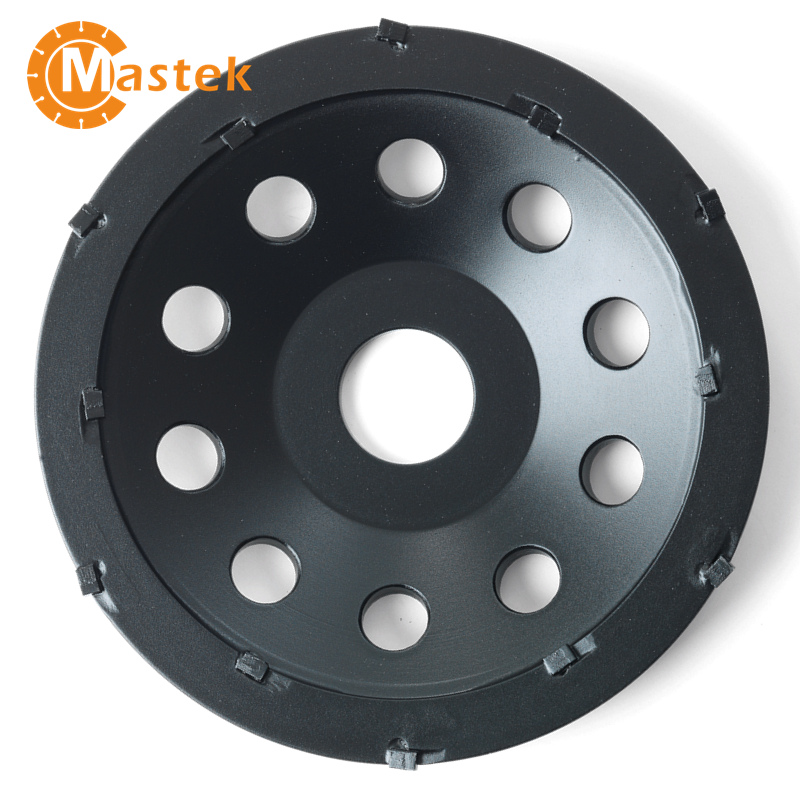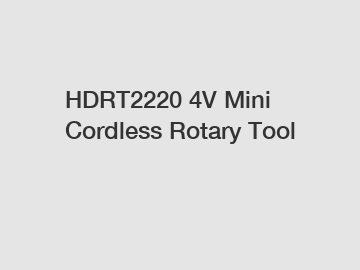What is a PCD grinding wheel?
A PCD grinding wheel, or Polycrystalline Diamond grinding wheel, is a cutting tool designed for precision machining applications. It features a cutting surface composed of synthetic diamond particles sintered together under high pressure and temperature. PCD grinding wheels are renowned for their exceptional hardness, wear resistance, and heat dissipation properties, making them a preferred choice for demanding machining tasks across various industries.
The origin of PCD grinding wheels lies in the quest for materials that can withstand the challenges posed by advanced machining processes. Traditional grinding wheels, while effective, often struggle to maintain their sharpness and hardness when subjected to high-speed and high-temperature operations. This limitation prompted the development of PCD grinding wheels, where synthetic diamonds are strategically arranged in a polycrystalline structure, creating a superhard cutting surface.
The process of creating a PCD grinding wheel involves carefully selecting high-quality diamond particles and binding them together using a matrix material, typically cobalt or another metal. The mixture is then subjected to extreme pressure and temperature, causing the diamond particles to bond and form a robust, wear-resistant cutting surface. The resulting PCD material possesses exceptional hardness, surpassing that of natural diamonds, making it ideal for machining applications that demand precision and durability.
Drilling Bit Types and Drilling Bit Selections
5 Benefits of Storing Tools
Safe Use of Wrenches And Screwdrivers
How many teeth do I need on my saw blade?
What type of paint roller gives the smoothest finish?
How do TCT tools compare to traditional tools?
What is better carbide or diamond blade?
The significance of PCD grinding wheels in machining operations cannot be overstated. Their hardness and abrasion resistance make them well-suited for cutting and grinding tasks involving hard materials such as composites, ceramics, and non-ferrous metals. Industries ranging from aerospace and automotive to electronics and woodworking benefit from the precision and longevity offered by PCD grinding wheels.
In practical terms, the use of PCD grinding wheels translates to increased efficiency and cost-effectiveness in manufacturing processes. The exceptional wear resistance of PCD allows for extended tool life, reducing the frequency of tool changes and associated downtime. Moreover, the precision achieved with PCD grinding wheels contributes to the production of high-quality components with tight tolerances, meeting the stringent requirements of modern manufacturing.
The influence of PCD grinding wheels extends beyond traditional machining methods. As industries continue to push the boundaries of materials and manufacturing processes, the demand for cutting tools that can handle these challenges grows. PCD technology represents a pivotal advancement in this regard, offering a solution that combines hardness, wear resistance, and precision in a single tool.
In conclusion, a PCD grinding wheel is a cutting tool featuring a synthetic diamond cutting surface designed for precision machining applications. Its origin lies in the need for tools capable of withstanding the rigors of advanced machining processes. The process of creating PCD involves sintering diamond particles under extreme conditions, resulting in a material with exceptional hardness and wear resistance. The significance of PCD grinding wheels in modern manufacturing is underscored by their ability to enhance efficiency, reduce downtime, and deliver precision in machining tasks across diverse industries.
Beryllium Copper Non-Sparking Hand Tools: An In-Depth Guide for Workplace Safety
Quick Change Tooling: Advantages and Considerations for CNC Magazine Systems
Case Studies in Oilfield Casing Success: Real-World Applications and Benefits
The Essential Guide to Mining Tools: Types, Uses, and Maintenance
What Is The Difference Between A Claw Hammer And A Split Hammer?
Who makes the best pruning shears?
Questions You Should Know about LED Work Light Manufacturer
152
0
0
Previous: How to Use Diagonal Pliers?
Next: What is a DTH drill bit?
Related Articles





Comments
All Comments (0)